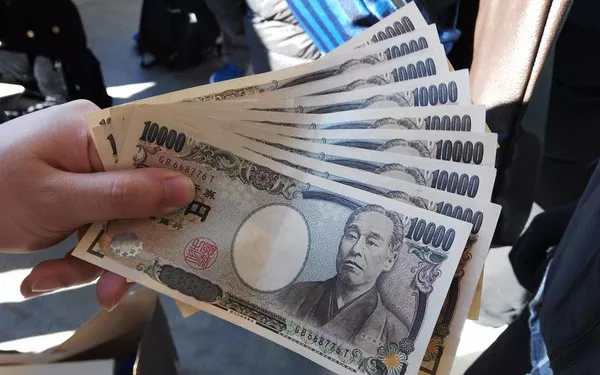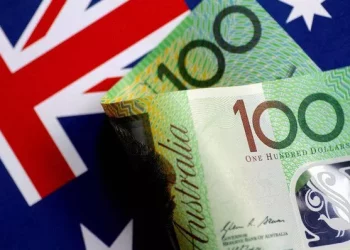The Japanese Yen (JPY) advanced sharply against a broadly weaker US Dollar (USD) on Friday, bolstered by rising expectations that the Bank of Japan (BoJ) will continue tightening monetary policy. Fresh inflation data exceeding forecasts and renewed hopes for a US-Japan trade agreement added further momentum to the yen’s rally.
Japan’s consumer inflation figures released earlier in the day reignited market confidence in additional BoJ rate hikes. The National Consumer Price Index (CPI) rose 3.6% year-on-year in April, while core CPI, which strips out fresh food prices, climbed to 3.5% from 3.2%, outpacing market expectations. Notably, a closely watched gauge excluding both fresh food and energy prices edged up to 3.0% from 2.9%, reinforcing views that underlying inflationary pressures remain firm. These figures, coupled with rising wage expectations, are seen sustaining pressure on the BoJ to tighten policy further.
BoJ officials have recently signaled a readiness to raise interest rates if the economic outlook continues to improve. In contrast, the Federal Reserve is facing growing speculation of rate cuts in 2025, particularly after softer US inflation data last week. This widening divergence in policy outlook has dragged the USD/JPY pair below the mid-143.00s during Asian trading.
Broader market sentiment has also shifted in favor of the yen’s safe-haven appeal amid a series of global risk factors. US fiscal uncertainty is back in focus following the House passage of former President Donald Trump’s “One Big, Beautiful Bill,” a sweeping tax and spending package now headed to the Senate. The legislation is expected to deepen the US budget deficit at a quicker pace, adding to pressure on the dollar.
Simultaneously, tensions between the US and China have resurfaced. China’s Commerce Ministry issued a stern warning on Wednesday, threatening legal action against entities enforcing US export restrictions on Huawei’s artificial intelligence processors. Despite recent diplomatic progress in Geneva, the renewed hostility is stirring fears of an economic slowdown, further weighing on the greenback.
Geopolitical strife continues to dominate headlines, with Israel intensifying military operations in Gaza and reports suggesting former President Trump believes Russia’s Vladimir Putin is determined to prolong the war in Ukraine. These developments have driven investors toward safe-haven assets like the yen.
Though upbeat US macroeconomic indicators briefly supported the dollar, they failed to reverse its broader decline. Initial jobless claims dropped to 227,000 last week, and the S&P Global Composite PMI for May rose to 52.1, signaling economic resilience. The Services and Manufacturing PMIs also improved, each hitting 52.3.
Traders are now eyeing Friday’s US New Home Sales data and speeches from key Federal Open Market Committee (FOMC) officials for further clues on the Fed‘s rate trajectory.
Technically, USD/JPY bears are watching a potential break below the 61.8% Fibonacci retracement level at 143.25. Below this, support lies at the 143.00 psychological mark and the 142.80 zone, the latter representing a two-week low. A deeper decline could target the 142.40–142.35 range and potentially 142.00.
On the upside, any rebound above the 144.35–144.40 confluence zone, which includes the 200-period moving average and 50% retracement of the April–May rally, may trigger short-covering. Such a move could push the pair toward the 145.00 mark and further to 145.35–145.40, where the 38.2% retracement level resides, possibly tilting short-term sentiment back in favor of the bulls.
Related Topics:























